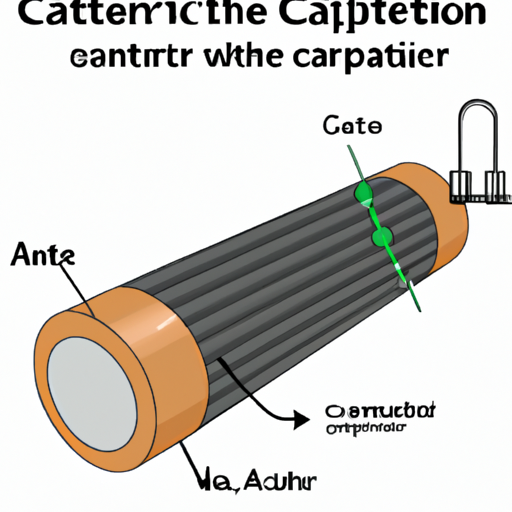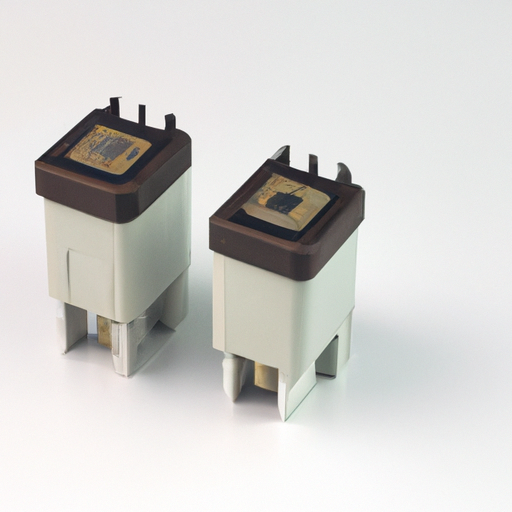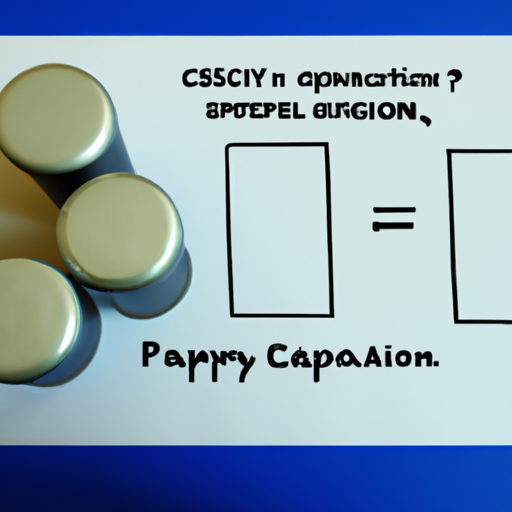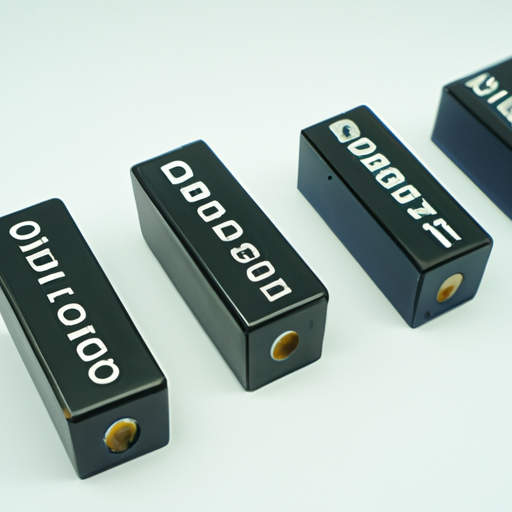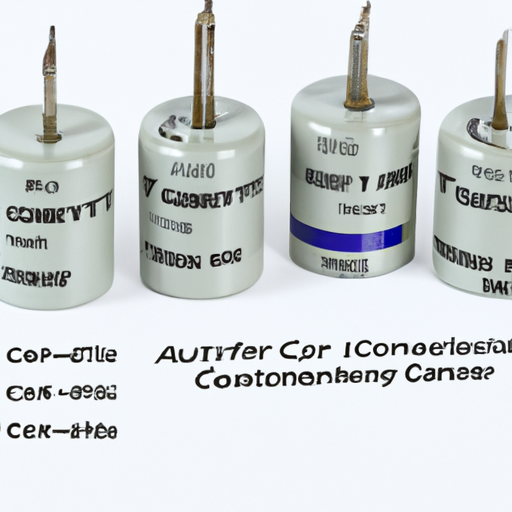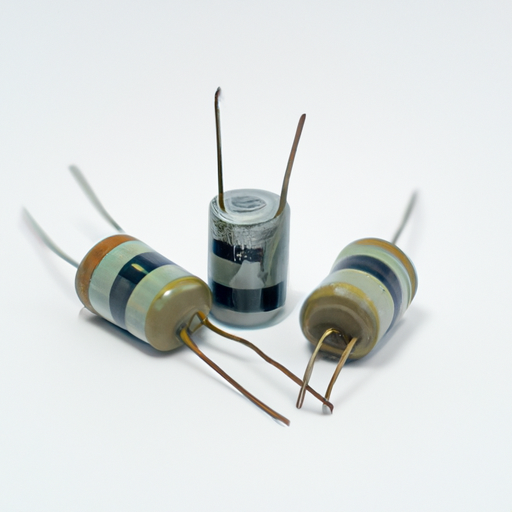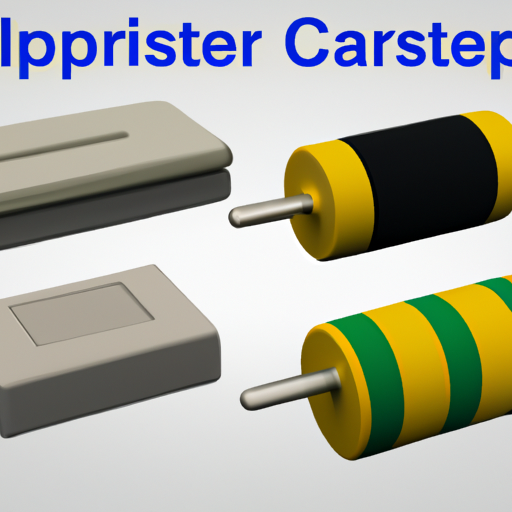Understanding the Function of a Capacitor
I. Introduction
Capacitors are fundamental components in electrical and electronic circuits, playing a crucial role in a wide range of applications. Defined as passive electronic devices that store electrical energy in an electric field, capacitors are essential for various functions, including energy storage, filtering, and timing. This article aims to provide a comprehensive understanding of capacitors, their historical background, basic principles, functions in circuits, applications, types, challenges, and future trends in technology.
II. Historical Background
The history of capacitors dates back to the 18th century, with early discoveries that laid the groundwork for modern capacitor technology. The Leyden jar, invented independently by Pieter van Musschenbroek and Ewald Georg von Kleist in 1745, is often considered the first capacitor. This device demonstrated the ability to store electrical charge, leading to further exploration of electrical phenomena.
As technology evolved, so did capacitors. The introduction of various materials and designs in the 20th century significantly improved their performance and reliability. Key figures in this development include Michael Faraday, who contributed to the understanding of electric fields, and Thomas Edison, who utilized capacitors in his inventions. Today, capacitors are ubiquitous in electronic devices, reflecting their evolution from simple jars to complex components integral to modern technology.
III. Basic Principles of Capacitors
A. Definition and Components
A capacitor consists of two conductive plates separated by an insulating material known as a dielectric. The plates store electric charge, while the dielectric allows the capacitor to maintain a voltage across its terminals. The capacitance, measured in Farads (F), quantifies a capacitor's ability to store charge. The higher the capacitance, the more charge a capacitor can store for a given voltage.
B. How Capacitors Store Energy
When a voltage is applied across the terminals of a capacitor, an electric field develops between the plates, causing positive charge to accumulate on one plate and negative charge on the other. This separation of charge creates an electric field that stores energy. The relationship between charge (Q), voltage (V), and capacitance (C) is expressed by the formula:
\[ Q = C \times V \]
This equation illustrates how capacitors can store energy and release it when needed, making them essential in various applications.
IV. Function of Capacitors in Circuits
A. Energy Storage
One of the primary functions of capacitors is energy storage. In power supply circuits, capacitors smooth out voltage fluctuations, providing a stable output. They store energy during periods of high demand and release it when needed, ensuring that devices operate efficiently. In energy storage systems, such as those used in renewable energy applications, capacitors play a vital role in managing energy flow.
B. Filtering and Smoothing
Capacitors are widely used in filtering applications, particularly in power supply circuits. They help eliminate noise and ripple from the output voltage, ensuring a clean and stable power supply. In signal processing, capacitors are essential for smoothing out signals, allowing for clearer transmission of information.
C. Timing and Oscillation
Capacitors are integral to timing circuits, such as RC (resistor-capacitor) circuits, where they determine the timing intervals for various applications. By charging and discharging at specific rates, capacitors can create precise timing signals. Additionally, capacitors are used in oscillators to generate frequencies, making them crucial in communication systems and signal generation.
D. Coupling and Decoupling
In amplifiers, capacitors facilitate signal coupling, allowing AC signals to pass while blocking DC components. This function is essential for maintaining signal integrity in audio and radio frequency applications. Conversely, decoupling capacitors reduce noise in circuits by providing a low-impedance path to ground for high-frequency signals, ensuring stable operation.
V. Applications of Capacitors
A. Consumer Electronics
Capacitors are ubiquitous in consumer electronics, including smartphones, computers, and televisions. They are used for energy storage, filtering, and signal processing, contributing to the overall performance and reliability of these devices.
B. Industrial Applications
In industrial settings, capacitors play a crucial role in motors and power systems. They help improve power factor, reduce energy losses, and enhance the efficiency of electrical systems. Capacitors are also used in motor start and run applications, providing the necessary boost for efficient operation.
C. Renewable Energy Systems
Capacitors are increasingly important in renewable energy systems, such as solar inverters and wind turbines. They help manage energy flow, store excess energy, and ensure stable operation, contributing to the efficiency and reliability of these systems.
D. Automotive Applications
In the automotive industry, capacitors are used in electric vehicles and hybrid systems. They store energy for regenerative braking, improve power delivery, and enhance the overall efficiency of the vehicle's electrical system.
VI. Types of Capacitors and Their Specific Functions
A. Ceramic Capacitors
Ceramic capacitors are widely used due to their small size, low cost, and stability. They are commonly found in high-frequency applications, such as RF circuits and decoupling applications.
B. Electrolytic Capacitors
Electrolytic capacitors are known for their high capacitance values, making them ideal for power supply applications. However, they have limitations, such as polarity sensitivity and a shorter lifespan compared to other types.
C. Film Capacitors
Film capacitors excel in high-frequency applications due to their low loss characteristics. They are often used in audio equipment and precision timing circuits, where performance is critical.
D. Tantalum Capacitors
Tantalum capacitors are compact and offer high capacitance values, making them suitable for high-performance circuits. They are commonly used in portable electronics and applications where space is limited.
VII. Challenges and Limitations of Capacitors
Despite their many advantages, capacitors face several challenges. Voltage ratings and breakdown can limit their use in high-voltage applications. Temperature sensitivity can affect performance, leading to reliability issues. Aging and degradation over time can also impact their effectiveness. Additionally, environmental considerations regarding disposal and recycling are becoming increasingly important as technology advances.
VIII. Future Trends in Capacitor Technology
The future of capacitor technology is promising, with advancements in materials and design leading to improved performance and efficiency. Emerging applications in new technologies, such as electric vehicles and renewable energy systems, are driving innovation. Capacitors will play a crucial role in energy efficiency and sustainability, contributing to the development of greener technologies.
IX. Conclusion
In conclusion, capacitors are essential components in modern electrical and electronic circuits, serving various functions that enhance performance and reliability. From energy storage to filtering and timing, their versatility makes them indispensable in numerous applications. As technology continues to evolve, capacitors will remain at the forefront of innovation, driving advancements in energy efficiency and sustainability. Understanding the function of capacitors is crucial for anyone interested in electronics, and further exploration of this topic can lead to a deeper appreciation of their significance in our daily lives.
X. References
For those interested in delving deeper into the world of capacitors, the following resources are recommended:
1. "Capacitors: Principles and Applications" by John Smith
2. "The Art of Electronics" by Paul Horowitz and Winfield Hill
3. IEEE Journals on capacitor technology and applications
4. Online courses and tutorials on electronics and circuit design
By exploring these resources, readers can gain a more comprehensive understanding of capacitors and their vital role in technology.

